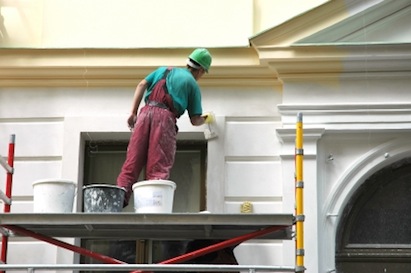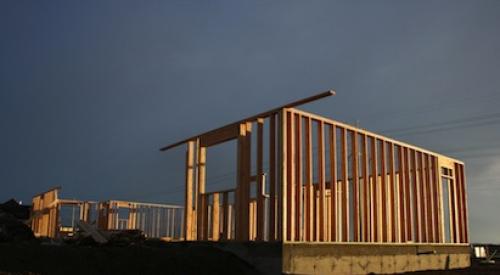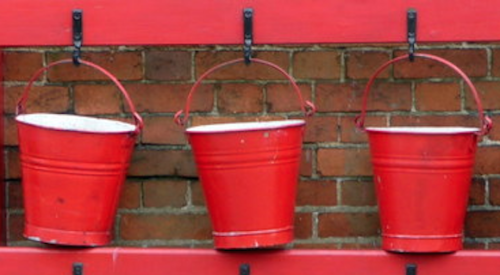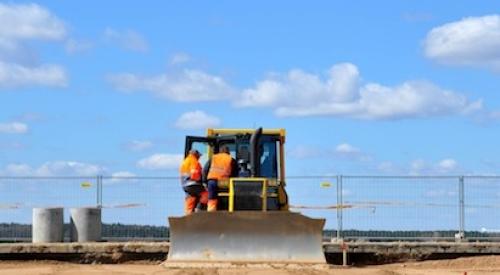If you knew that you were losing at least $5K per unit due to one single item of waste in your houses, would you do anything about it? How about $10K? The money is there, inarguable and undeniable, and we have the proof, yet a tiny percentage of builders understand it, let alone try to correct it. Even worse than that, most are afraid to confront it.
Am I claiming that in this market, where every cent counts, that your company is overlooking that kind of money? Absolutely. How can I make this assertion? Our TrueNorth field consultants have spent past four years conducting week-long Lean Kaizen events with builders. Through more than 80 events with 60 builders in the U.S., Canada and Australia, involving more than 1600 supplier and trade firms, there is one cost factor that is at the same time the largest, the most difficult to track and the most elusive — the extra, wasted or otherwise unnecessary trip to the building site.
When you really get in depth with your suppliers and trades, the magnitude of the problem is overwhelming. For example, painters routinely make 5 trips for finish paint – prime coat, finish coat, plus 3 touch-ups. But with some attention, reducing that to 4 trips is not difficult and 3 is readily doable — if the builder the painter and a few other trades are committed to solving the problem. We have even seen painters get the job done in two trips being the last trade in prior to cleaning. Yes, it can be done. The cost of these extra trips? If the painter is lucky and has someone in the area and it’s a one-man job, it may only cost him $50, direct. But if it takes a 2-man crew and a special trip, it's $150 in a heartbeat. And just like the builder, we are not even considering the opportunity cost, which as a rule of thumb is 50% of the raw cost, because we know one thing. While that painter is making that extra trip that should not be needed, he is not making one dime on that labor, material and overhead invested. He is also not helping you get new homes built. Finally, throw in your supervision and admin time. That’s tough to measure, but you know it’s there. Thus the lowest amount you can ever assign to an unnecessary trip is $75, with $200 -$300 trips just as prevalent.
Paint is a relatively cheap one, and it is not unusual to hear of a painter say they actually make as many as 6 or 7 trips. Right there you have added several hundred dollars in cost to a house. Now what if it’s a foundation crew of 4, 6 or 8 guys, with equipment, mobilizing to a site, and not being able to start work? The cost of that can easily run $800 - $1,000 or more. How about the extra trip the plumber (or in some markets, the HVAC contractor) has to make to put on the boot for the vent stacks? Or the extra delivery the window company makes because a change order did not get processed? Or the lumber company’s multiple trips to deliver trim because sales did not hold to selection cut-off dates? Or the truss company’s return trip because there was no place to put the trusses on the first run? Or the flatwork crew that has to repair a broken corner of a driveway, etc., etc., etc.
A conservative figure for the average cost of a fully-loaded trip for a supplier or trade, including opportunity cost, is $200. The number of extra trips we are seeing per house, trips that could be eliminated with better planning, scheduling and less damage requiring rework, averages 50 per house. There's your $10K.
So you think you are really tight on this and you only average 25 trips @$100? You are kidding yourself, but let’s take it. That's $2500 per unit and tell the truth, just how much time have you spent working on this issue in the past year? Right now, many of you are thinking, "Hey, that is the supplier & trades' cost, not mine." That's a huge problem we'll get into in another post, but if you are stuck there, you'll never find the money. Even worse is if you are thinking, "OMG, if we make the trades aware of this, they'll charge me more." Our considerable experience demonstrates without question that the opportunity for cost reduction in this arena — if you go attack it openly and seriously — far exceeds any danger of picking up more trip charges.
Step one is to get your suppliers, trades and field personnel to begin tracking every trip to the site. It won’t be easy to get any of them to be 100 percent honest, but try to make it worth their while. The first step to solving a problem is to understanding it, but without tracking the numbers, you never will. Better get started. Let me know what you find.













